
Background information
Removing image noise: self-proclaimed test winner with grotesque results
by David Lee

How do you go from novice to hot shot when it comes to photography? I found a video that sheds some light on the matter. Some of it is a bit tongue in cheek, but it does highlight the most common issues.
I recently came across a video that compares the different stages in honing your photography skills to levels in a game. You start out completely clueless, move on to snapping opportunistic shots and become a hobby photographer until you reach the level of pro and eventually artist. Obviously, the video isn’t meant to be taken completely seriously. But it does emphasise some important points that could help improve your skills.
I think this video is great, as it summarises the main stumbling blocks on the path to becoming a better or more successful photographer.
The Internet is a great source of information but it’s also a distraction. It’s so easy to go down a rabbit hole of endless forum comments and into streams of YouTube videos, Instagram accounts, blog posts and test reviews. By the end of it, your head is bursting with information. But you have to experience everything you learn about first hand – i.e. in practice and not just through reading about it. That way you actually make use of the information. And ultimately, it comes down to the fact we don’t have unlimited free time. If we’re spending too long glued to our computer screens, it means we’re not spending enough time with our cameras.
When you hoover up a lot of information, you get to the stage where you think you know a lot. But that’s the thing. Without hands-on experience, you only end up with superficial knowledge. There’s nothing worse than those know-it-alls who like to find fault in everything and pick things to pieces when they don’t even have any idea of the work that goes into a photo. Don’t fall into this trap! It’s not just that it stalls your progress; you’ll also be creating a bad feeling. If we were to behave as badly in «real life», it would look something like this video:
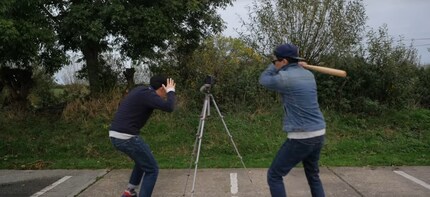
Having good camera equipment is important but knowing your way around it and how to use it is also key. In other words, you should always have a specific reason for buying more or better kit. For instance, if I want to photograph wild animals then I need a good telephoto lens and a fast camera.
What you often find is that photo geeks are only interested in the latest shiny objects. Purely because they are the latest shiny objects. It will satisfy any hoarding tendencies you may have, but it won’t improve your photography skills.
I hold my hands up and admit I was stuck in this phase for years myself. I was under the vague impression I had to take as many photos as possible. Partly because I thought you needed to get experience but also because I thought it would increase the chance I’d end up with a decent photo.
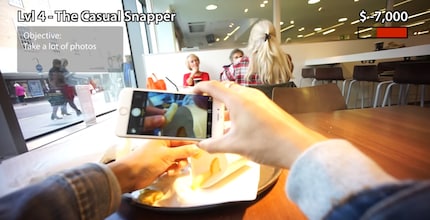
The crucial point that I overlooked in the process was this: taking loads of photos of the same thing doesn’t help. Instead what you want to be doing is trying out lots of different things. Different angles and perspectives, for instance. Different poses and compositions. Different lighting and different times of the day. You can also mix up format: portrait rather than landscape and wide angle instead of a standard shot. You get the picture.
With increasing experience, you’ll be able to better judge what would work well in a special situation and what wouldn’t fit. That way you don’t have to try out all your options because you’ve already got the practice under your belt.
When you improve, your photos will be less haphazard. You’ll be able to achieve certain effects. And you can then harness that to create a considerable impact on platforms such as Instagram. Admittedly, if you do that you run the risk of falling into another trap.
You start asking yourself how you can get more likes. Or how you can get more followers. And that deflects from the task in hand – namely, getting better at photography. It’s a complicated one. You could say that marketing yourself is a skill in itself and has nothing to do with photography. But there’s another line of thought that says success on Instagram is misleading, even from a photography point of view. The reason being the most popular photos are those that are done to death. On Instagram we’re inundated with so many images that we’re not in a state to really engage with an issue or subject matter. If your shot can’t be understood in a fraction of a second, it’s likely to go under the radar. You only need to look at the account Insta_Repeat to get an idea of the wall-to-wall outdoor cliché snapshots that do the rounds on social media.
But if you really are ambitious, you need to ask yourself what success means sooner or later. Having 2,000 likes on Instagram doesn’t equate to cash in the bank. Neither does it make you special – although it might feel like it at first. And it doesn’t even act as a starting point for building a career in photography.
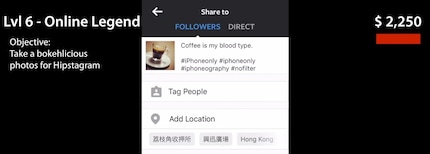
Being a professional photographer is probably a dream shared by many. What could be nicer than turning a hobby into a job? But that’s the thing… as a pro, you’re no longer just doing what’s fun; you’re doing what brings in money. And what’s worse is that the person paying for the photography doesn’t just tell you what to take a photograph of; they also tell you how to do that. Yip, even if the person who hired you has no idea of your craft or what goes into taking a great shot.
A former professional photographer who’s now working in a different field said this to me the other day: «I’m so happy I don’t have to grapple with these psychopaths in ad land any more.»
Very few professionals can afford to take the liberty to do what they want. After all, they have a dream job. Everyone else is supposed to strive for the highest level that’s depicted in the video, namely that of the artist, and put all thoughts of financial constraints and interests aside. This is how the video describes it:
You’re not necessarily the best. And neither are you necessarily the most popular. But you do what you like and you produce great photos. Well done, you.
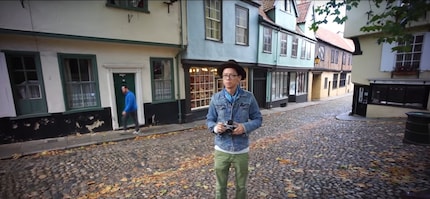
So yeah, I’m now an artist which means I’m off to shoot photos of random white objects.
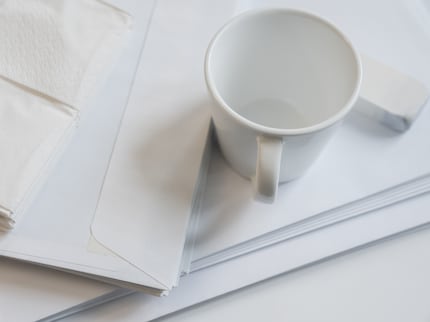
My interest in IT and writing landed me in tech journalism early on (2000). I want to know how we can use technology without being used. Outside of the office, I’m a keen musician who makes up for lacking talent with excessive enthusiasm.
Interesting facts about products, behind-the-scenes looks at manufacturers and deep-dives on interesting people.
Show all